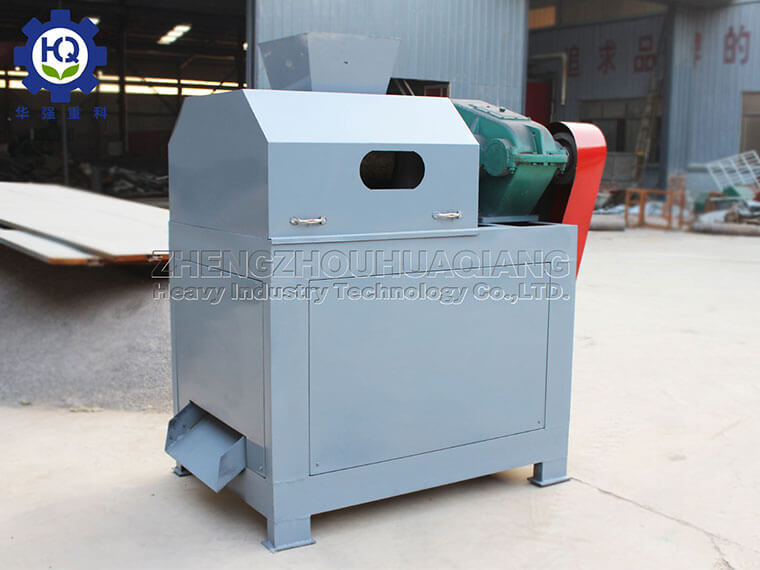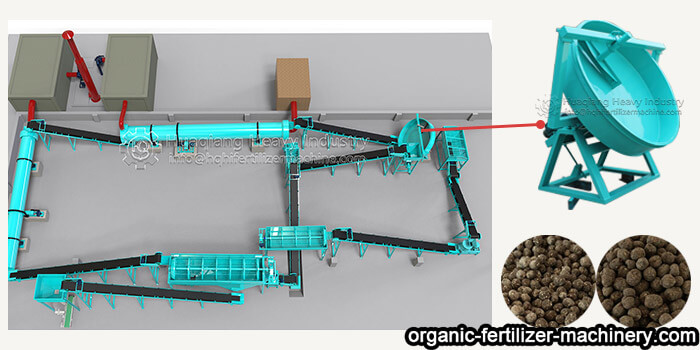The working principle and equipment advantages of the roller extrusion granulator
At present, there are many kinds of Manure products on the market, and their production processes are also diverse. Different production processes have their own advantages and disadvantages. Among them, the extrusion granulation process is simple, easy to operate, zero discharge of “three wastes”, high automation, large output, and the product is not easy to agglomerate. It stands out from many processes and is increasingly favored by enterprises.
The granulation characteristics of the roller extrusion granulator: Extrusion granulation is a dry granulation process in which solid materials rely on external pressure to agglomerate. The material particles are close together under high pressure, and the generated molecular force, electrostatic force, and other forces cause the particles to tightly bond together. Common extrusion granulation methods include roller extrusion granulation, spiral extrusion granulation, and disc die extrusion granulation.
The process of roller extrusion granulation machine: The roller extrusion granulation process adopts German roller compression granulation equipment, which uses the strong pressure generated by the roller press to instantly extrude the powder material into shape, and then obtains qualified products through crushing, screening and other processes.
The working principle of the roller extrusion granulator: After materials with different physical properties are reasonably matched and metered and mixed, they are transported by a bucket elevator, adjusted for humidity, and distributed by an automatic feeder into a pair of reverse rotating roller presses. Under the extrusion of the rollers, they form regularly shaped pieces of material, which are then crushed, screened, polished, and anti caking processes to achieve uniform particle size and hardness standards Compound fertilizer products with full particles.
The roller extrusion granulator is a key equipment for compound fertilizer granulation, with advanced technology, reasonable design, compact structure, novel and practical, low energy consumption, and matching with corresponding equipment to form a small production line, which can form a certain capacity of continuous and mechanized production. Adopting the eugenic formula, without drying, produced at room temperature, the product is rolled and formed in one go, ensuring that the product quality meets the technical requirements of compound fertilizers. It is an updated product for the production of high, medium, and low concentration specialized compound fertilizers for various crops and the energy-saving and consumption reduction of the compound fertilizer industry.


.jpg)
.jpg)


.jpg)

